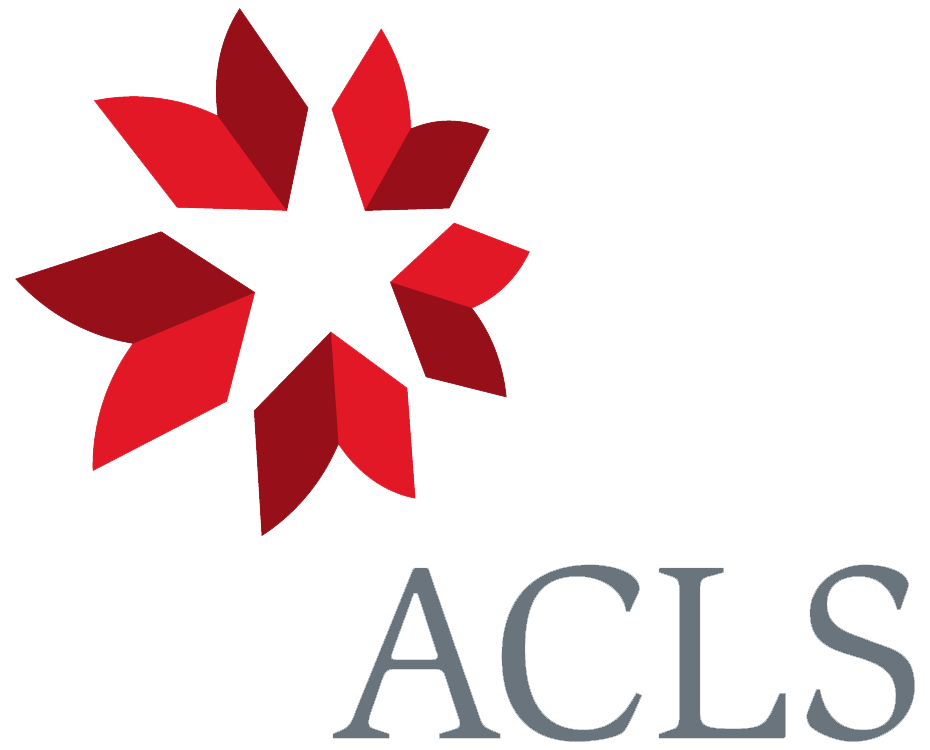Ernest Griset's drawing titled 'Emotional!' was published in Fun magazine on 23 November 1872, and is another skit referring to Darwin's recently published Expression of the Emotions in Man and Animals. A hippopotamus had been born at the London Zoological Gardens on 5 November, exciting great public interest. However, the behaviour of the stressed mother animal was reported as being 'very savage'. Her 'temper was never good at the best'; she has been making free with her 'monstrous teeth', and 'if greatly enraged she may injure her calf'. It was provisionally and cautiously agreed that fellows of the Zoological Society, but not the general public, might view the new-born on 24 November. Griset imagines Darwin and Huxley, together with the zoo superintendent Abraham Bartlett and Bartlett's friend and collaborator, the eccentric Frank Buckland, watching the angry mother hippopotamus and her calf from the safety of a window; her huge bulk is emphasised by the diminutive size of some mice on a ledge. The caption quotes a common assumption in works of popular physiognomy - '"An open countenance denotes a gentle and good-tempered character." Still we think that if Messrs. D----n, B----t, B----d, and Professor H----y were to act on that theory and enter the den, their emotion would not be one of unmixed pleasure'. The 'open' countenance here is the gape of the hippopotamus's jaws as she roars at the unwelcome visitors, and the cartoon suggests a degree of scepticism about the interpretations of animal behaviour and expressions offered in Darwin's book.
Griset worked for Fun magazine over a period of years, greatly admired both by the proprietors (the Dalziel family of engravers), and by the then editor Tom Hood. George and Edward Dalziel remembered 'a distinct cleverness' about Griset's 'quaint grotesque drawings', and he was also an illustrator of note - he had done 'much on "Prehistoric Man"'. This is a reference to Griset's series of large watercolour and gouache paintings, commissioned by Darwin's friend John Lubbock as an accompaniment to his (Lubbock's) book Pre-historic Times (1865); they include some scenes depicting the life of mammoths. Thus, even before drawing 'Emotional!', Griset was familiar with zoological and evolutionary notions associated with Darwin.
- physical location Darwin archive, Cambridge University Library. Other copies exist.
- accession or collection number DAR 140.4.8
- copyright holder Syndics of Cambridge University Library
- originator of image Ernest Griset (signed bottom left); engraved by the firm of Dalziel
- date of creation November 1872
- computer-readable date 1872-11-01 to 1872-11-22
- medium and material wood engraving
- references and bibliography Fun magazine (23 November 1872), p. 209. 'Birth of a hippopotamus', Times (7 November 1872), p. 7. 'The infant hippopotamus', Times (14 November 1872), p. 6. 'The baby hippopotamus', Times (25 November 1872), p. 8. George and Edward Dalziel, The Brothers Dalziel. A Record of Fifty Years' Work (London: Methuen, 1901), pp. 313-314. Wilfrid Blunt, The Ark in the Park: The Zoo in the Nineteenth Century (London: Book Club Associates, 1976), pp. 96-105, 119-20. Lionel Lambourne, Ernest Griset: Fantasies of a Victorian Illustrator (London: Thames and Hudson, 1979). Janet Browne, Charles Darwin: The Power of Place. Volume II of a Biography (London: Jonathan Cape, 2002), pp. 378-9. Diana Donald, 'The "struggle for existence" in nature and human society', in Donald and Jane Munro (eds), Endless Forms: Charles Darwin, Natural Science and the Visual Arts (New Haven and London: Yale University Press, 2009), pp. 81-99 (p. 89). Browne, 'Darwin in caricature: a study in the popularization and dissemination of a myth', in Barbara Larson and Fae Brauer (eds), The Art of Evolution: Darwin, Darwinisms and Visual Culture (Hanover, NH: Dartmouth College Press and University Press of New England, 2009), pp. 18-39 (p. 21). J. van Wyhe, 'Iconography', p. 185.


